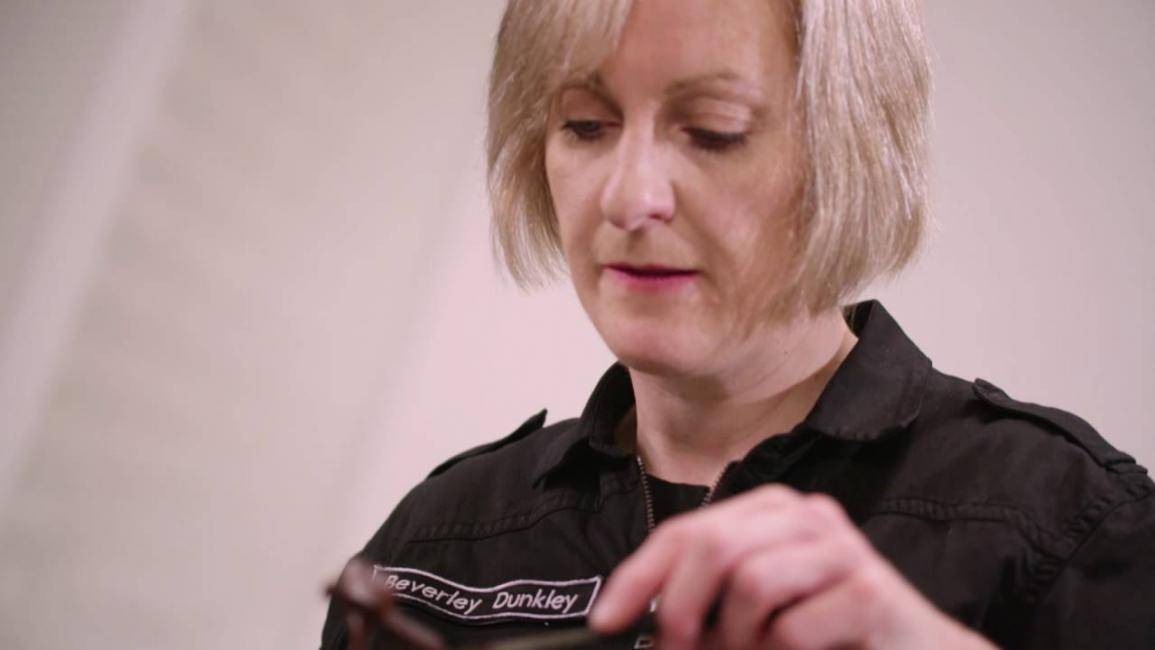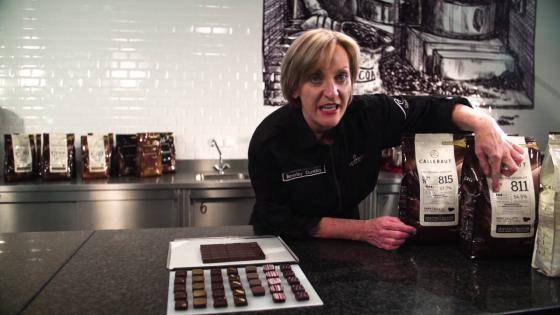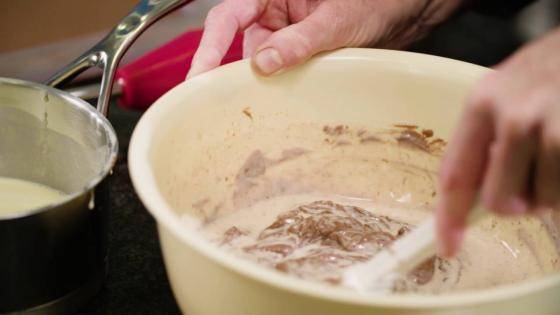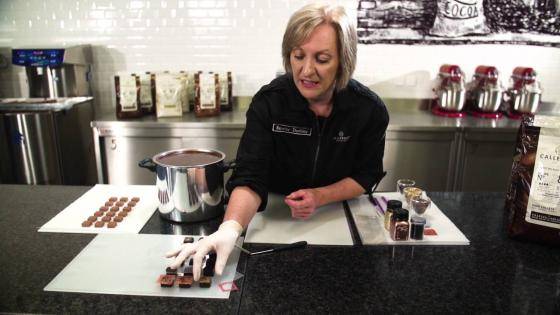Hand-dipped chocolates - how to
How to make hand-dipped chocolates
Learn how to hand-dip chocolates using the pulling method and the turning method, and discover the different results both techniques produce.
GOOD TO KNOW
What should you take to heart when making enrobed or hand-dipped chocolates?
Choose the right fluidity: three drops for a chocolate shell of average thickness, four drops for a thin and crunchy chocolate shell.
For hand-dipping, use a deep, well-filled bowl of tempered chocolate so it maintains a constant temperature for as long as possible and won’t overcrystallise.
Use a clean dipping fork to make sure that you can place the chocolates onto your plastic quite easily.
Only use fillings with a firm, stiff texture covered with a thin but hard layer of chocolate in order to avoid skewing while dipping.
Make sure that the temperature of the fillings isn’t too cold. Keeping them at room temperature is ideal.
The pulling technique, for a thin layer of chocolate
Step 1
Are you right-handed? Then place the fillings on the far left, the container with the tempered chocolate in the middle and the plastic to slide the pralines on to the right. If you are left-handed, then do the reverse.
Step 2
Quickly push the filling into the tempered chocolate until the top of it is level with the chocolate surface.
Step 3
Pull a thing layer of chocolate over the filling with the dipping fork.
Step 4
Lift the filling up with the dipping fork. Make sure that about 1/3 of it extends over the top of the fork.
Step 5
Tap the filling repeatedly against the surface of the chocolate in the container. This pulls off all excess chocolate and creates a perfectly thin layer.
Step 6
Clean the bottom of the fork against the edge of the container.
Step 7
Place the filling with the front side onto the plastic.
Step 8
Gently pull the fork from under the filling.
Step 9
Before you completely withdraw the fork, gently push the praline forward a little bit. This way you’ll avoid creating a ‘foot’ (a little puddle of excess chocolate at the bottom of your dipped chocolate) under the praline.
The turning technique, for a thicker layer of chocolate
Step 1
Quickly push the filling into the tempered chocolate until the top of it is level with the chocolate surface.
Step 2
Press down on one side of the filling with the dipping fork to make it turn around in the chocolate.
Step 3
Lift the filling up with the dipping fork. Make sure that about 1/3 of it extends over the top of the fork.
Step 4
Tap the filling repeatedly against the surface of the chocolate in the container. This pulls off all excess chocolate and creates a perfectly thin layer.
Step 5
Clean the bottom of the fork against the edge of the container.
Step 6
Place the filling with the front side onto the plastic.
Step 7
Gently pull the fork from under the filling.
Step 8
Before you completely withdraw the fork, gently push the praline forward a little bit. This way you’ll avoid creating a ‘foot’ (a little puddle of excess chocolate at the bottom of your dipped chocolate) under the praline.
Tips for cooling
Finished dipping? Then don't place the pralines into the refrigerator straight away, but let them set at room temperature (18 to 20°C) for a few minutes until the chocolate is dry to the touch. Putting them immediately in the refrigerator would cool them too quickly, which would make the chocolate turn greyish. Don’t put them too closely together on the plastic either, otherwise the heat remains trapped between them, which would make the sides of the chocolates turn greyish as well. After a few minutes of hardening, place the chocolates in the refrigerator between 18 and 20°C for about 30 minutes to let them crystallise completely.
Have you dipped your fillings in imitation chocolate? Then put the pralines into the fridge as quickly as possible. Don't wait until you have finished dipping all your fillings. As soon as you have a small quantity ready: cool them! The temperature shock this causes, is necessary to maintain the gloss of the coating.
Which type of chocolate is best suited for enrobing and dipping fillings?
For a medium thick chocolate shell:
All chocolate types with a basic three-drop fluidity are right about perfect. Their fluidity is designed to fit a wide range of techniques and applications, including dipping and enrobing fillings.
White chocolate with a basic three-drop fluidity on the other hand is a bit too fluid. For a medium thick white chocolate shell it’s better to pick a recipe with a 2% to 3% lower cocoa butter content. You can recognise these recipes by the letter B or C directly in front of the chocolate’s recipe number.
For a fine chocolate shell:
Some chocolate lovers and craftsmen want the chocolate shell of their enrobed or hand-dipped chocolates to be as fine and crunchy as possible. A more fluid chocolate with a 2% to 4% higher cocoa butter content is absolutely perfect for this. You can easily recognise these types of chocolate by the four-drop symbol indicated on their packaging, or the number 2, 3 or 4 directly in front of the chocolate’s recipe number.





